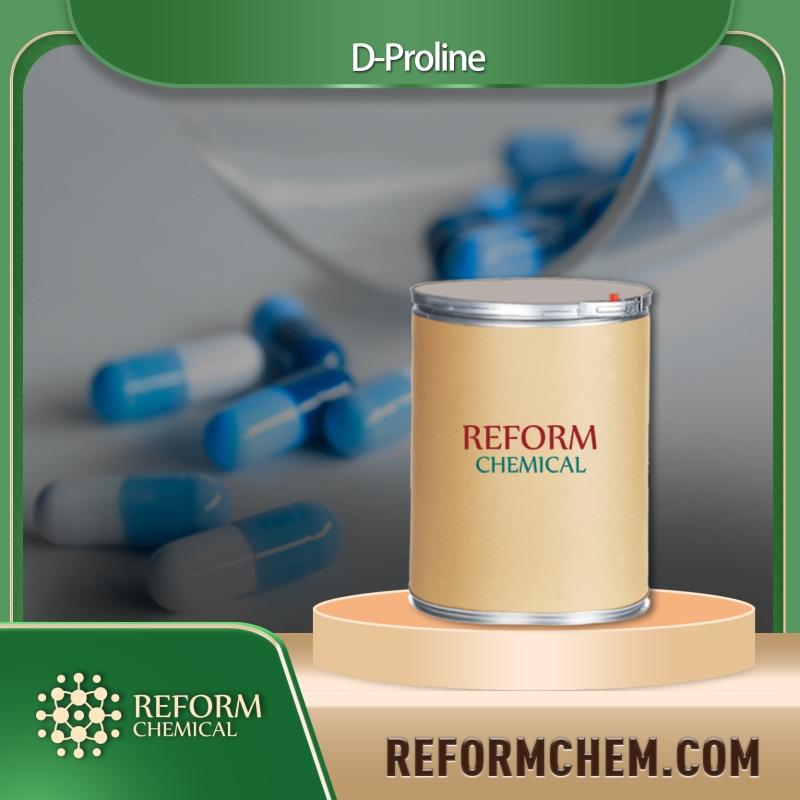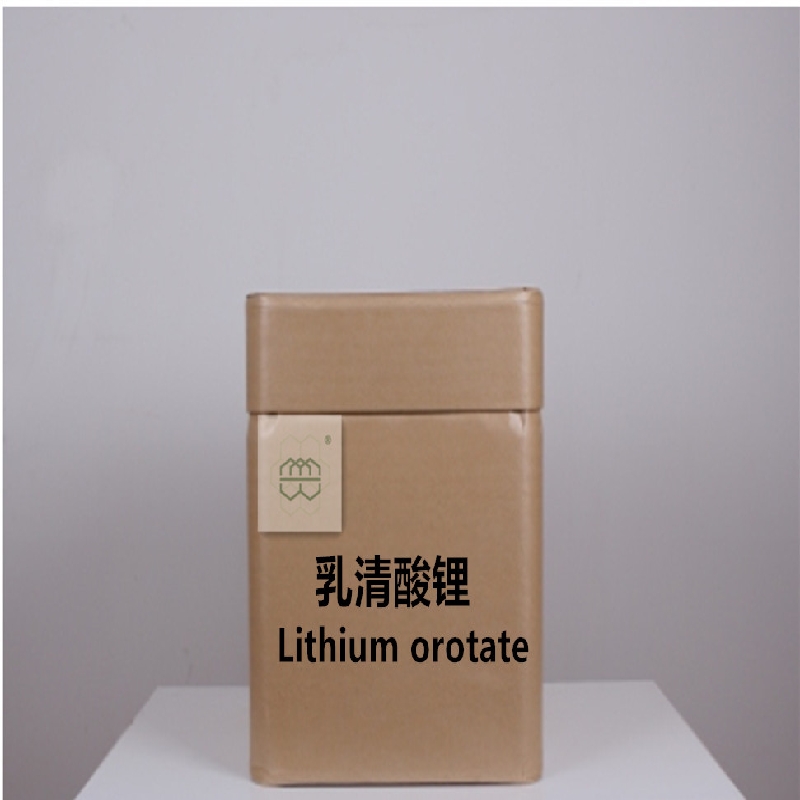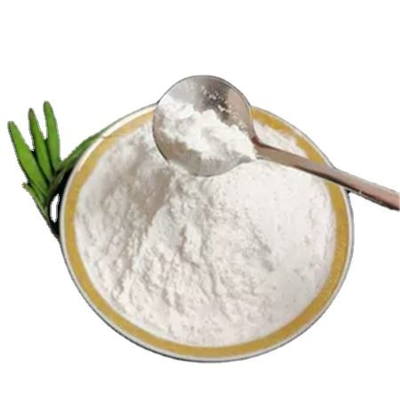-
Categories
-
Pharmaceutical Intermediates
-
Active Pharmaceutical Ingredients
-
Food Additives
- Industrial Coatings
- Agrochemicals
- Dyes and Pigments
- Surfactant
- Flavors and Fragrances
- Chemical Reagents
- Catalyst and Auxiliary
- Natural Products
- Inorganic Chemistry
-
Organic Chemistry
-
Biochemical Engineering
- Analytical Chemistry
-
Cosmetic Ingredient
- Water Treatment Chemical
-
Pharmaceutical Intermediates
Promotion
ECHEMI Mall
Wholesale
Weekly Price
Exhibition
News
-
Trade Service
in nine years, according to the World Agrochemical Network Chinese.
In 2013, only 107 biopesticides were registered in Brazil, indicating that Brazil was the first to adopt these pesticide alternatives
.
In addition, as of March of this year, 502 agricultural biological products have been registered in Brazil, and this trend will continue
.
Brazilian soybean farmers spent BRL 829 million on biological pest control last year, compared to BRL 391 million in 2019
, according to Blink Consulting.
Today, soybean crops account for nearly half of
the country's biopesticide applications.
, according to Blink Consulting.
Today, soybean crops account for nearly half of
the country's biopesticide applications.
Anthrax, target spot, white mold and Asian rust are some of the major foliar diseases that cause damage to Brazil's soybean crop
.
To combat these diseases, Brazilian growers apply chemical fungicides several times a year, and with each cycle, pathogen resistance needs to be controlled by developing new active substances
.
.
To combat these diseases, Brazilian growers apply chemical fungicides several times a year, and with each cycle, pathogen resistance needs to be controlled by developing new active substances
.
To achieve greater efficiency, profitability and sustainability, growers are investing in integrated management and biopesticides to control crop diseases
.
.
Blink said that in the last two years, the development of advanced formulation technology biopesticides has driven 75% of the growth of this market in Brazil, from BRL 946 million in 2019 to BRL 1.
79 billion in 2021
.
79 billion in 2021
.
A study by IHS Markit also predicts that the industry will be worth BRL 16.
9 billion by 2030
.
9 billion by 2030
.







